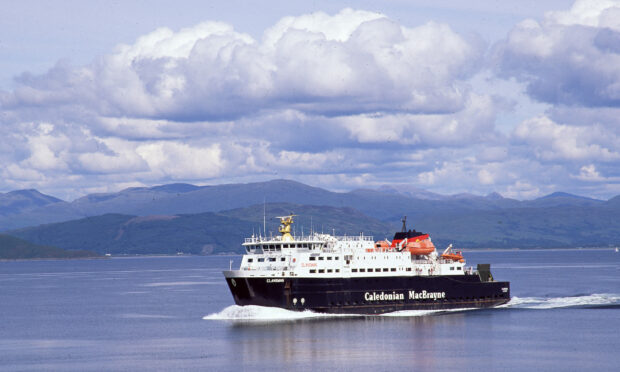Britain’s biggest ferry and harbour operator is adding to its support for Gaelic speakers by offering a bi-lingual English and Gaelic customer care service.
CalMac created a new customer care centre in Stornoway last summer, bringing six new jobs to the town.
It has now confirmed this will become a permanent fixture with staff at the venue enhancing the Gaelic face of the company.
In the past, assistance from a Gaelic speaker was only available to customers telephoning or visiting port offices in Gaelic-speaking areas, but now, anyone who would like to make an enquiry in Gaelic, can be transferred to a native speaker.
The Stornoway-based team will also be steadily transforming CalMac’s social media channels into a bi-lingual offering as well.
There are around 60,000 Gaelic speakers in Scotland, and the majority of people living in the Western Isles are able to speak the language.
CalMac’s managing director, Robbie Drummond, said: “We are committed to looking at ways of spreading jobs more evenly across our area of operations and I’m delighted to confirm that the summer pilot we ran in Stornoway will now be a permanent fixture.
“Given the prevalence of the Gaelic language in the Western Isles, it was a natural step to make this the centre of our new bi-lingual customer service offering.
“This is something we have been keen to introduce for some time and this new centre now gives us the capacity to support this.’
Shona MacLennan, the chief executive of Bord na Gaidhlig, welcomed the news.
She said: “We always welcome new developments which contribute to the National Gaelic Language Plan’s aim that more people use Gaelic more often in more situations.
“CalMac’s introduction of this service will support that aim, and is particularly appropriate in their customer care centre which in Stornoway.
“By locating those jobs in a Gaelic speaking community this will bring important economic benefits to the Western Isles.”
CalMac currently employs around 1,700 people from Campbeltown in the south to Stornoway in the north, with 60% of them living and working in often fragile coastal or island communities.
